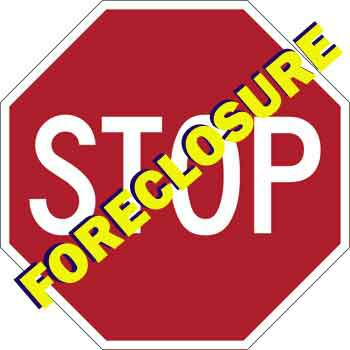 Finding Errors By The Bank’s Servicing Organization
Finding Errors By The Bank’s Servicing Organization
You should maintain organized records with regard to all transactions concerning financial institutions who hold your mortgage and their servicing organizations. There is a federal statute called the Real Estate Settlement Procedures Act. It is commonly referred to as “RESPA”. This provides you with a manner in which you can challenge many of the types of errors and improper practices engaged in by banks and their servicing organizations. It also gives you an ability to obtain the information necessary to make challenges.
To obtain the information under the RESPA law you should send the servicing organization by certified mail, a written request identifying you as the homeowner who entered into the loan and the account and information regarding the loan. The servicer has a legal obligation under the RESPA statute to notify you within 5 business days of their receipt of your qualified written request acknowledging your request was received by them. Thereafter they have 30 business days to provide you the information you requested be produced or explain to you in writing why it cannot be produced. If it cannot be produced they must provide you with the name and contact information of an individual with whom you can follow up to obtain this information. It should be noted the 30 business days to comply with your request can be extended by 15 business days if the servicing organization gives you written notification within the 30 day period of their request for an extension and the reasons why they are requesting this extension. Once you have made this request and the servicer is working on a response, they cannot report to a credit bureau information regarding alleged overdue payments that relate to the information contained in your request. If you should request this information after the foreclosure lawsuit has been initiated it will continue during the term that the request is being processed. In the event the servicing organization you requested the information from is no longer the servicing organization and there is another servicing organization which has replaced this servicing organization your written request must be sent not more than one year after the transfer to the new servicing organization.
Statutory Damages
Should the servicer fail to comply with your request, you can take legal action against the bank and you are entitled to $2,000 in statutory damages plus reimbursements for all of your attorney’s fees and in addition you are entitled to be compensated for any other losses or damages you might have. Unfortunately, due to the lobbying efforts of banks, this remedy will not cause the foreclosure action to stop or have any impact on the foreclosure lawsuit.


 Banks and their servicing companies make mistakes. Homeowners, at one time, blindly believed whatever a bank did and whatever documents they submitted were always correct. Since the mortgage crisis started in 2008, there have been dozens of publications of inappropriate actions, mistakes, issues involving robo-signing and
Banks and their servicing companies make mistakes. Homeowners, at one time, blindly believed whatever a bank did and whatever documents they submitted were always correct. Since the mortgage crisis started in 2008, there have been dozens of publications of inappropriate actions, mistakes, issues involving robo-signing and 
 When a financial institution brings a foreclosure lawsuit, they have a legal obligation to prove to the court they are the rightful holder of the mortgage and note they are suing on. Mortgages and notes are standardized documents. In most situations a variety of financial institutions and servicing organizations will handle the mortgage and note prior to the
When a financial institution brings a foreclosure lawsuit, they have a legal obligation to prove to the court they are the rightful holder of the mortgage and note they are suing on. Mortgages and notes are standardized documents. In most situations a variety of financial institutions and servicing organizations will handle the mortgage and note prior to the  Violations of Truth In Lending Law
Violations of Truth In Lending Law
 The Complaint
The Complaint Eleven banks in the State of New York have agreed to establish a program to maintain and monitor homes in foreclosure which are vacant. They have taken this action because of pressure from the New York State Attorney General, Eric Schneiderman, and complaints by neighbors surrounding these properties which have been made to the financial institutions. These eleven banks and credit unions represent approximately three-quarters of all of the houses in foreclosure in the Metropolitan New York market.
Eleven banks in the State of New York have agreed to establish a program to maintain and monitor homes in foreclosure which are vacant. They have taken this action because of pressure from the New York State Attorney General, Eric Schneiderman, and complaints by neighbors surrounding these properties which have been made to the financial institutions. These eleven banks and credit unions represent approximately three-quarters of all of the houses in foreclosure in the Metropolitan New York market.




